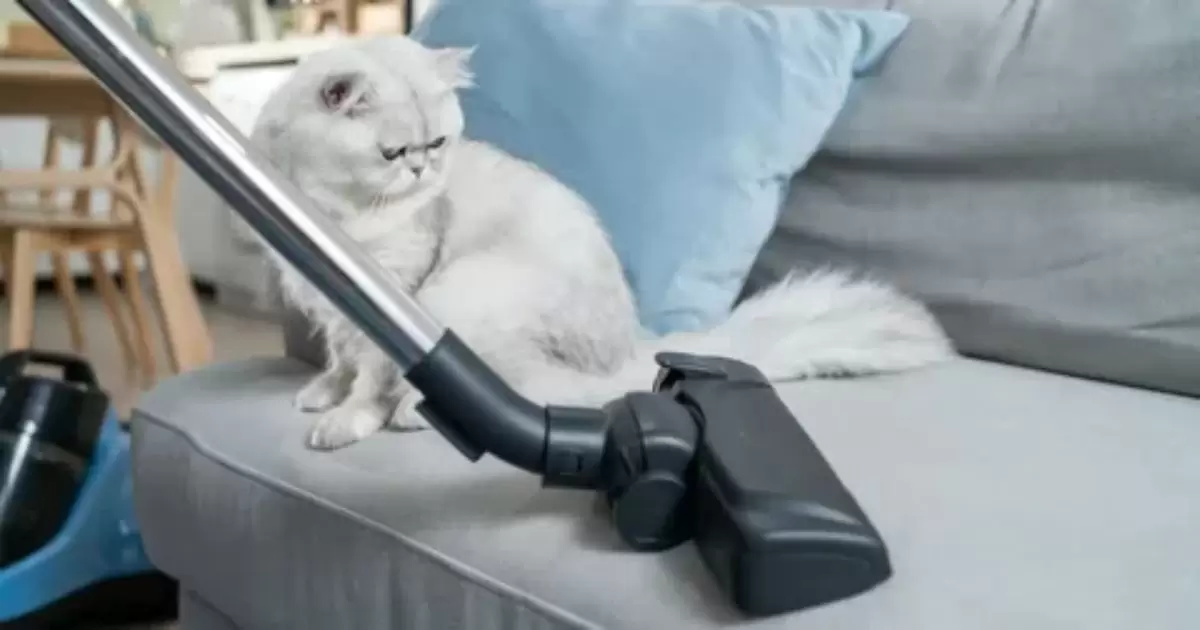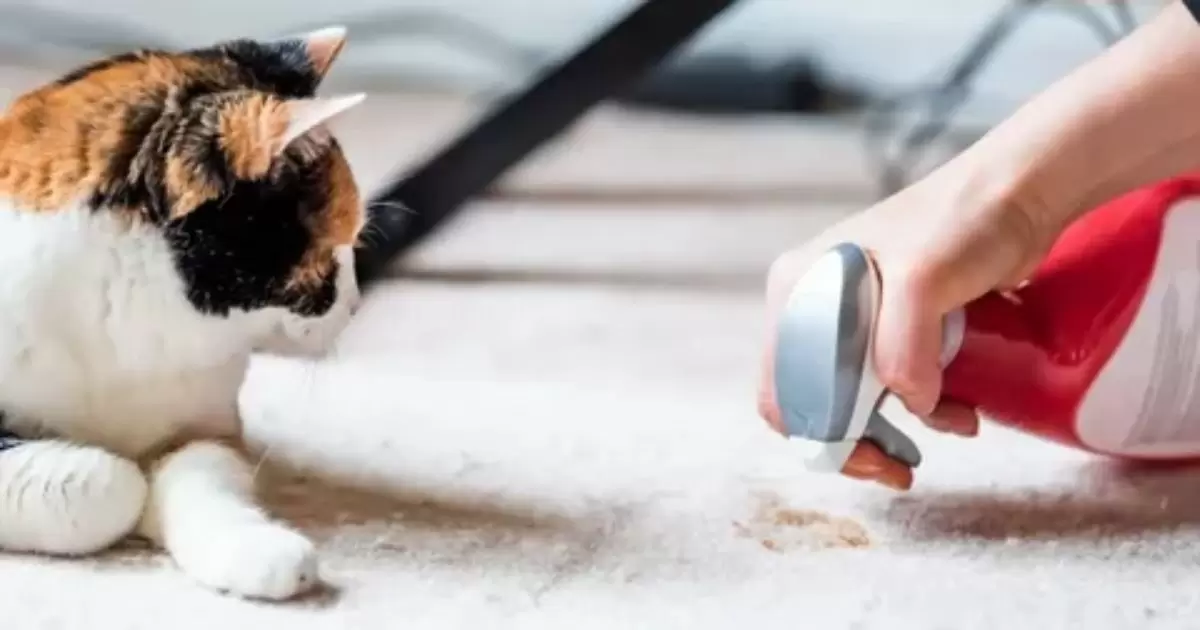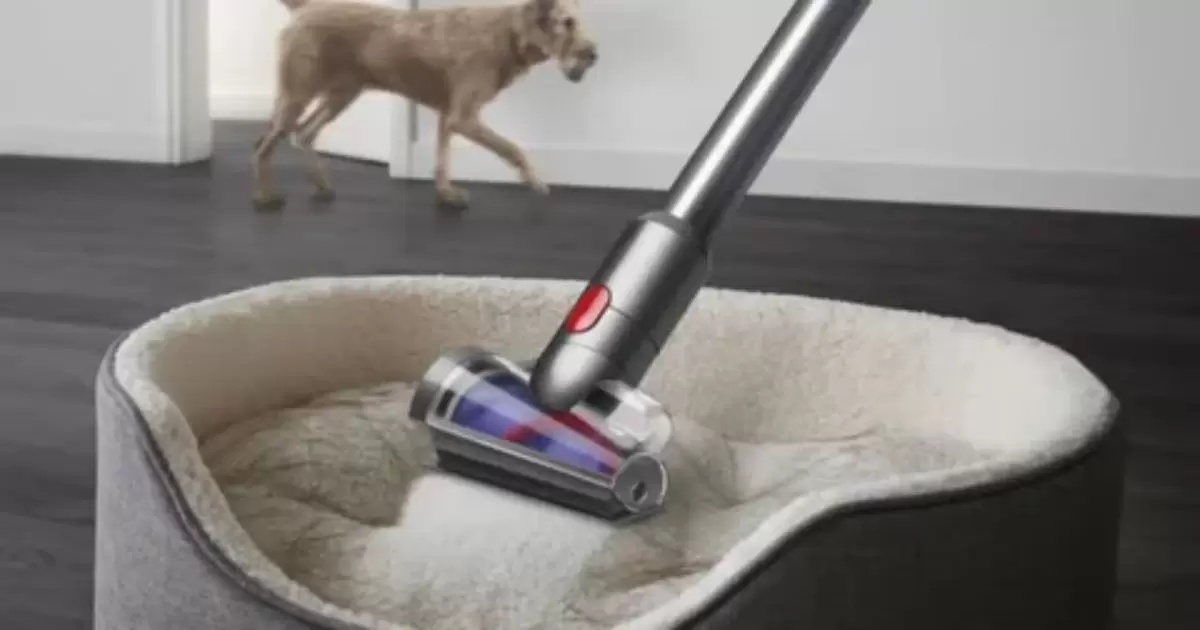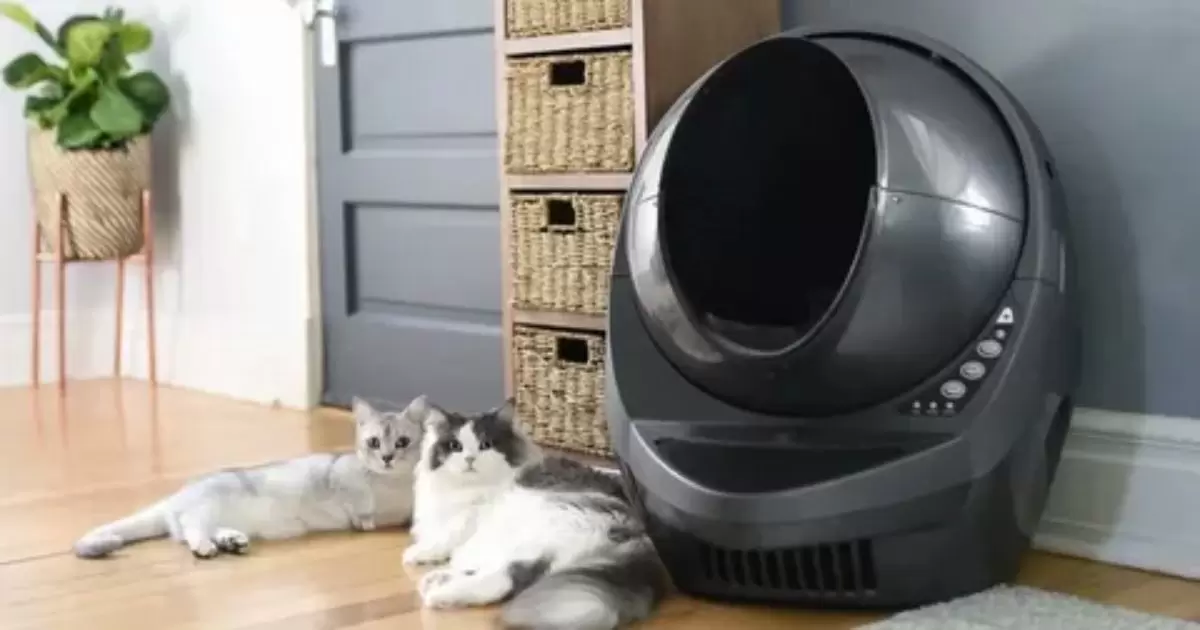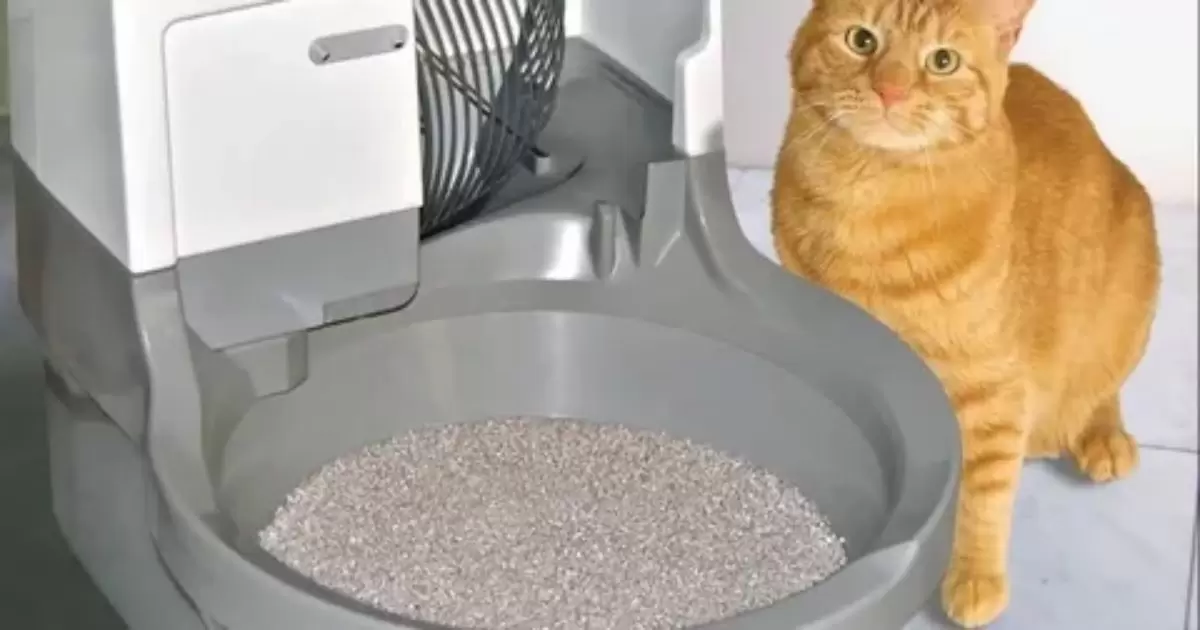Vacuuming cat litter is a powerful manner to do away with strong wastes and urine clumps. It maintains the clutter container clean and sparkling, whilst extending the time among full muddle adjustments. Specialized puppy hair vacuums very well clean clutter by trapping dust and odors.
Can I vacuum cat litter? Vacuuming litter is highly recommended. It removes clumps, absorbs odors, and keeps the box clean. Frequent vacuuming saves work during full litter changes. Overall, vacuuming improves litter box hygiene for happy, healthy cats.
Vacuuming cat litter offers many benefits for cats and owners. It removes clumps and trapped dust to keep cats satisfied. Vacuuming also extends litter change intervals by keeping the box fresher. Most importantly, it improves air quality by absorbing odors and allergens.
Key Takeaways
- Vacuuming helps maintain clean litter by removing clumps and extending change intervals.
- Specialized vacuums designed for pet hair work best to trap dust and odors.
- Keeping litter clean through vacuuming improves cat health and satisfaction.
- Vacuuming litter saves work during full litter changes.
- Regular vacuuming leads to better air quality by reducing allergens/odors.
- Steps for effective vacuuming technique and equipment to use.
- Vacuuming the litter box frequently is highly recommended by vets and experts.
Is It Safe to Vacuum Cat Litter?
The brief solution is no. Most vacuum producers explicitly warn against vacuuming any form of muddle of their machines. There are a few key reasons why vacuuming cat litter can damage your vacuum and create more mess instead of cleaning it up:
It Can Damage the Vacuum
Cat litter contains dust, granules, and clumps that can get lodged in the vacuum filter, hoses, and attachments. Clay and clumping litter especially pose a high risk of clogging and ruining vacuums not designed to handle such debris.
The granules are also highly abrasive on the internal components of the machine. Over time, they can degrade brushes, belts, and motors not made to withstand such friction. Prolonged vacuuming of cat litter shortens a regular vacuum’s lifespan significantly.
It Spreads Dust and Allergens
When you vacuum cat litter, clouds of fine dust particles get kicked up and blown back out through the exhaust into the air. This spreads fecal matter, urine residue, clay dust, and other allergens around the vacuumed area.
For homes with cats or humans who have feline allergies and asthma, this can trigger severe reactions. It undoes the purpose of litter in containing the mess and smells.
Clogs the Vacuum
Cat litter is designed to clump together when wet. Any clumps of soiled litter can get lodged in the vacuum hoses, attachments, filters, and bags. This causes clogging that reduces suction power and requires extensive cleaning to remove.
Can Any Vacuum Be Used on Cat Litter?
While most standard vacuums are unsuitable for cat litter, some heavy-duty models can handle it in small amounts as part of regular usage. Here are some vacuum types that typically work on cat litter:
- Shop vacuums: Their powerful motors and durable construction allow frequent vacuuming of litter. They have large-capacity tanks suited for debris.
- Commercial vacuums: Designed for heavy usage, they have high suction and huge litter bins. They contain the dust well when vacuuming litter.
- Handheld vacuums: Compact and bagless, they can clean up small spills and scattered litter easily. They are affordable options for litter maintenance.
However, even these vacuums can sustain damage or clogs from excessive cat litter. It’s best to use them minimally and empty the container frequently when cleaning litter. Check the owner’s manual to see if your vacuum model can handle cat litter.
Tips for Vacuuming Cat Litter Safely
If you plan to apply your vacuum on cat litter, keep these precautions in mind:
- Use appropriate attachments like bristle brushes, suction plates, and upholstery tools that won’t clog easily. Don’t use beater bars in the litter box.
- Empty the vacuum bin or bag after every use to avoid clogs from clumped litter.
- Clean the filters, hoses, and attachments regularly to remove lodged litter dust and granules.
- Use a handheld vacuum wand for precision cleaning of spilled litter instead of vacuuming the whole box.
- Consider vacuums designed for pet hair that have special litter settings, like Dyson models.
- Never vacuum clay or clumping litters in standard vacuums not meant for litter.
- Ensure the vacuum has strong enough suction and an enclosed filtration system.
Alternative Ways to Clean Cat Litter
There are several highly effective methods for cleaning cat litter without ever having to vacuum it, which avoids problems like spreading dust/allergens and vacuum clogs. Simple daily scooping, frequently changing out old litter, washing the box thoroughly, using disposable liners, quickly sweeping up stray litter, and investing in self-cleaning boxes allow you to keep the litter fresh and clean.
Scoop Daily
Scooping out all solid wastes and clumps from the litter box daily is crucial for controlling odors and maintaining cleanliness between full litter changes. Be sure to use a sturdy, non-stick scooper and discard the waste properly. Frequent scooping every day keeps the litter box fresh.
Change Litter Frequently
Replacing all old, used litter with new, clean litter weekly or whenever very dirty is recommended. This removes dust, allergens, and stuck-on debris that daily scooping alone does not catch. Frequent litter replacement keeps the box cleaner.
Wash the Litter Box
Washing out the litter box thoroughly every month or two using soap and hot water cleans off any stuck-on litter debris and stains that scooping misses. Let the box fully dry before refilling to prevent mold growth.
Use Litter Liners
Disposable litter box liners like plastic bags make changing out litter much simpler. Just remove and replace the soiled liner instead of washing the whole box. Liners also help better contain any scattered litter messes.
Sweep Around the Box
Sweeping up any stray pieces of litter scattered outside of the box daily using a simple broom and dustpan provides a quick, easy way to clean up without any issues like you’d have vacuuming. It only takes seconds to sweep up any mess around the box as needed instead of dragging out the vacuum. Broom sweeping contains the litter tidily versus kicking up dust clouds. If you notice bugs in the litter when sweeping, use baking soda and borax to Get Rid Of Bugs naturally. Replacing all of the old litter after treating the box will help eliminate any remaining insects.
Consider Self-Cleaning Litter Boxes
Investing in a self-cleaning litter box can make cleaning cat litter almost effortless. These electronic, automated boxes have rakes that sift and separate the waste after each use into a closed compartment for disposal.
With no daily scooping needed, self-cleaning litter boxes are ideal for low maintenance and keeping the litter continuously fresh and clean. They are the perfect solution if you find manual litter duties tedious.
Pros and Cons of Vacuum Cat Litter
| Pros of Vacuuming Litter | Pros of Vacuuming Litter |
| Convenient for quick cleanups | Can damage the vacuum motor |
| Useful for scattered litter | Releases dust into the air |
| Good for spot-treating accidents | Spreads germs around the home |
| Eliminates litter tracking | Risks more scattering |
FAQ’s:
Is it secure to hoover cat clutter?
No, vacuuming cat clutter can harm maximum vacuums and unfold dirt and allergens.
What are the dangers of vacuuming cat clutter?
Risks encompass spreading dust, unfavorable the vacuum, and inflicting clogs from clumped clutter.
What types of vacuums can handle cat litter?
Some heavy-duty shop vacs and commercial vacuums may be able to handle small amounts.
How else can I clean cat litter?
Scoop daily, change litter weekly, wash the box, use liners, and sweep stray litter.
Should I consider a self-cleaning litter box?
Yes, they automatically clean waste and reduce daily scooping.
Conclusion:
Vacuuming cat litter is not recommended by most vacuum manufacturers because of the risks of damage and spreading dust into the air. While some heavy-duty vacuums may work, it’s safer to scoop litter daily, change it frequently, wash the box, use liners, and sweep up stray pieces. If you do need to Vacuum Cat Litter, use a vacuum made for shop cleanups with a HEPA filter. Wear a mask to avoid breathing in dust and empty the vacuum outdoors. The best way to keep the litter clean is by scooping it daily and changing it completely every 1-2 weeks.
For the easiest cleaning, consider investing in a self-cleaning litter box that removes waste automatically after each use. With the right methods, you can keep cat litter clean without the need to ever vacuum it.
